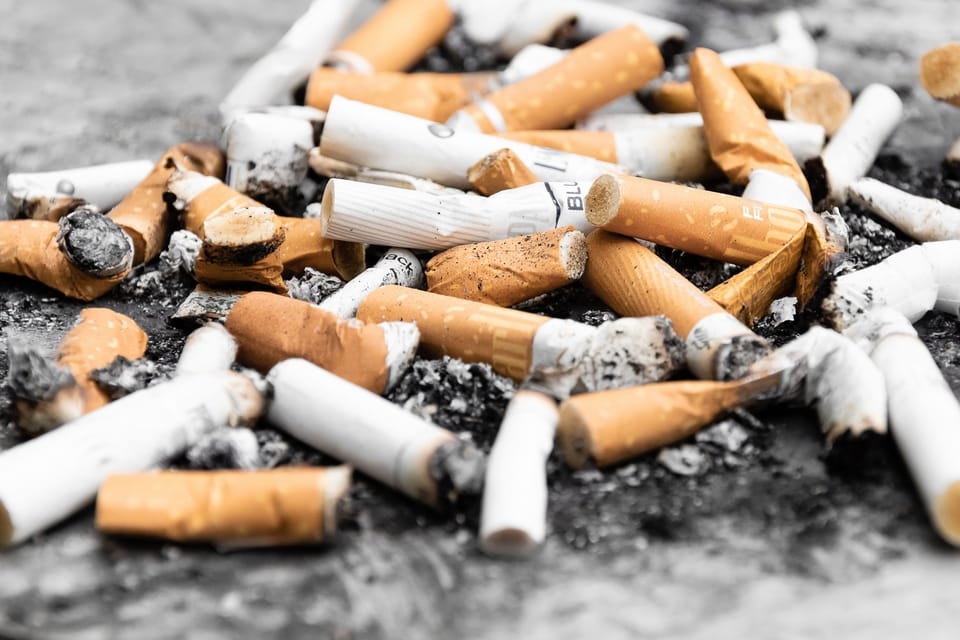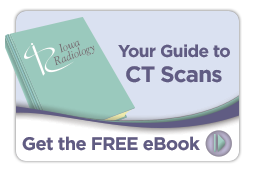
Standard lung screening guidelines have changed as of 4/1/2022. For more information visit "Lung Screening Guidelines Changes in 2022"
It’s been understood for decades that tobacco smoking is the single leading cause of lung cancer, causing an estimated 1.5 to 2 million deaths per year. Eighty-five percent of lung cancers occur in current or former smokers. This year, there is a new reason to quit smoking: COVID-19. Recent studies indicate that when infected with the novel coronavirus, tobacco smokers are more likely to develop severe infections, to need mechanical ventilation, and to die as a result of the illness. This is not surprising, given that smoking causes damage that inhibits the lungs’ ability to clean and repair themselves. Along with getting plenty of exercise, eating healthy, and managing stress, avoiding cigarettes is one if the top ways to keep your immune system in good working order during the pandemic.
If you currently smoke, quitting now is the best way to protect your health.
Quitting smoking now can improve your odds of living longer and help you feel better in the immediate future. Just 20 minutes to an hour after smoking your last cigarette, your blood pressure and heart rate decline and begin to normalize, and your circulation may begin to improve. After 12 hours, excess carbon monoxide is eliminated from your body, and after just one day, your chances of suffering a heart attack begin to decline. Your lung function begins to improve after about one month, and after nine months, your lungs are significantly healed of the damage smoking has done. Ten years after your last cigarette, your odds of developing lung cancer are just half what they were the day you quit. The road to quitting permanently can be long and difficult, but you don’t have to do it alone. Visit SmokeFree.gov for tools, tips, and support.
Low-dose CT lung screening can help catch lung cancer early.
When lung cancer symptoms develop, it’s often after the disease has progressed, making it very difficult to effectively treat. While five-year survival rates are much higher among patients whose lung cancers are identified before they begin to spread, approximately 84% of lung cancer diagnoses are made after the cancer makes its way outside the lungs to nearby structures or distant parts of the body. In the past, scientists have tried to solve this problem by using chest X-rays to screen patients for lung cancer, but this method has failed to reduce lung cancer mortality.
 In 2011, however, the National Lung Screening Trial demonstrated that low-dose computed tomography (CT) screening of individuals at high risk of lung cancer was able to reduce these individuals’ risk of dying from lung cancer by 20%.
In 2011, however, the National Lung Screening Trial demonstrated that low-dose computed tomography (CT) screening of individuals at high risk of lung cancer was able to reduce these individuals’ risk of dying from lung cancer by 20%.
What is low-dose CT lung screening?
CT technology uses X-rays to produce a three-dimensional image that radiologists are able to inspect much more closely than traditional two-dimensional X-ray images. The low-dose CT used for lung cancer screening delivers 60% less radiation than traditional CT exams. This low dose is approximately equal to the amount of radiation a person typically absorbs from the natural environment over six months. The scan itself takes about 10 minutes and is painless and noninvasive.
Who should consider lung cancer screening?
The American Cancer Society (and the US Preventive Services Task Force, whose recommendations often guide insurers’ coverage decisions), recommends annual low-dose CT lung screening (LDCTLS) for those who meet the following criteria:
- Aged 55 to 80
- 30-pack per year smoking history (for example, 1 pack/day for 30 years; 2 packs/day for 15 years)
- Current smoker or quit within the past 15 years
Appropriate candidates for LDCTLS do not currently have symptoms of lung cancer and are willing to undergo surgery if necessary. If you think LDCTLS may be a good choice for you, speak to your doctor about the potential benefits and risks. Many private insurance plans as well as many Medicare and Medicaid plans will cover the test for those who meet the criteria above, but it’s important to check with your insurer to determine the specific coverage provided by your plan. A doctor’s referral is needed in order to schedule this test.
At Iowa Radiology, our focus is your good health. Browse our blog or our other free resources any time to learn about a variety of important health care topics. For more details about CT lung screenings, download our free brochure!
Resources
National Lung Screening Trial. Cancer.gov. https://www.cancer.gov/types/lung/research/nlst. Updated September 8, 2014. Accessed April 27, 2020.
Patanavanich R, Glantz SA. Smoking is Associated with COVID-19 Progression: A Meta-Analysis. medRxiv 2020.04.13.20063669. https://doi.org/10.1101/2020.04.13.20063669. Published April 13, 2020. Accessed April 27, 2020.
Paturel A. Lung Cancer Screening with CT Aims to Save Lives. USC.edu. https://news.usc.edu/trojan-family/lung-cancer-screening-usc-keck-medicine-los-angeles/. Published June 18, 2019. Accessed April 27, 2020.
Proctor RN. The history of the discovery of the cigarette–lung cancer link: evidentiary traditions, corporate denial, global toll. Tobacco Control 2012;21:87-91. dx.doi.org/10.1136/tobaccocontrol-2011-050338. Published February 16, 2012. Updated January 1, 2013. Accessed April 27, 2020.
Radiation Dose in X-Ray and CT Exams. Radiologyinfo.org. https://www.radiologyinfo.org/en/info.cfm?pg=safety-xray. Updated March 20, 2019. Accessed April 27, 2020.
Vardavas CI, Nikitara K. COVID-19 and smoking: A systematic review of the evidence. Tob Induc Dis. 2020;18:20. http://dx.doi.org/10.18332/tid/119324. Published March 20, 2020. Accessed April 27, 2020.
Seidman L. Coronavirus and smoking: How do cigarettes, pot and vaping affect infections and outcomes? LATimes.com. https://www.latimes.com/science/story/2020-04-23/coronavirus-smoking-cigarettes-vaping-marijuana. Published April 23, 2020. Accessed April 27, 2020.
What Happens After You Quit Smoking? MedicalNewsToday.com. https://www.medicalnewstoday.com/articles/317956. Published November 19, 2018. Accessed April 27, 2020.


